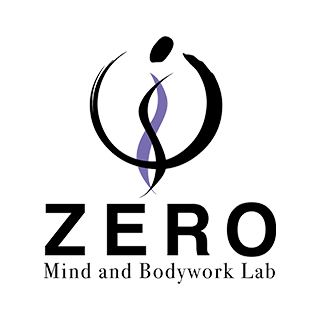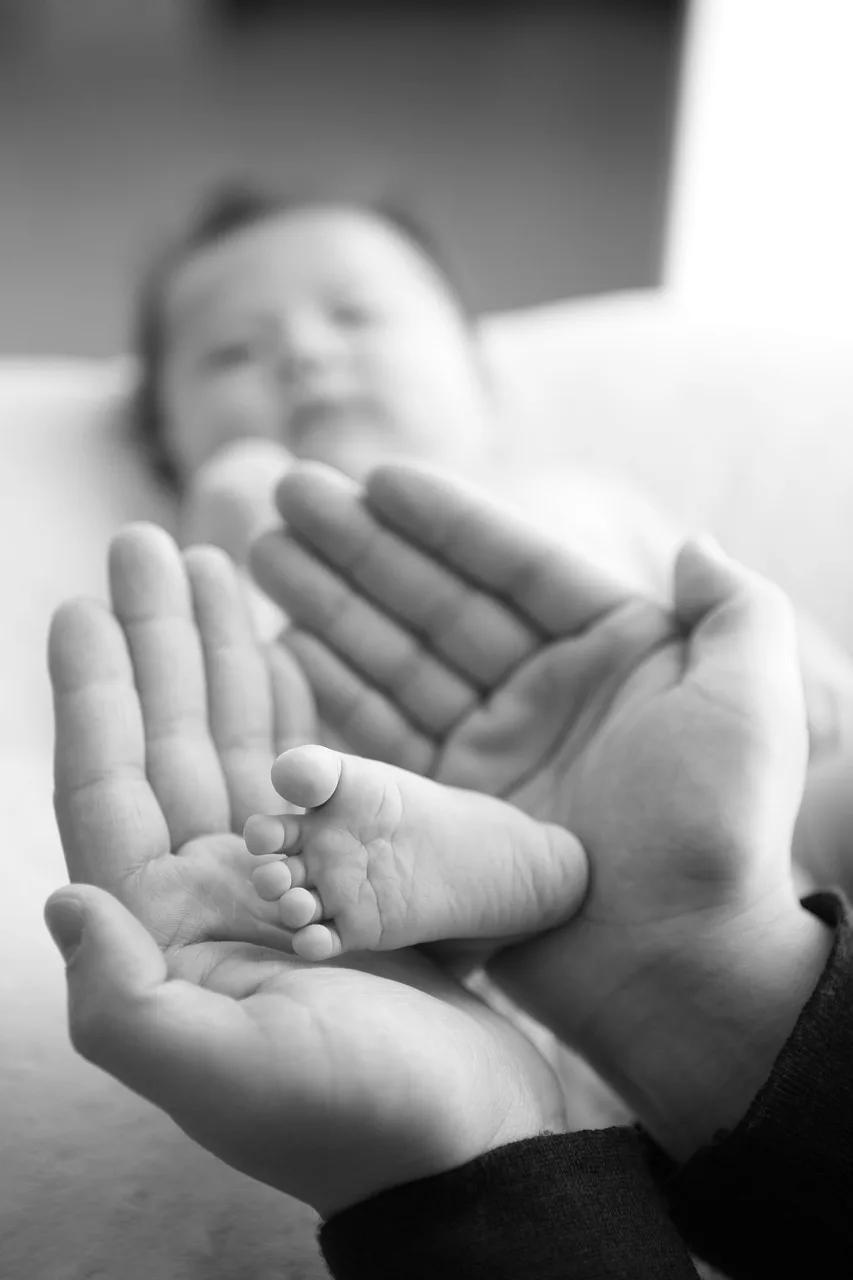Introduction
Hello, this is Hidefumi Otsuka, offering Rolfing sessions in Shibuya, Tokyo.
I am currently participating in the Advanced Rolfing Training (Phase 2) held in Ichigaya, Tokyo, led by instructors Ray McCall and Hiroyoshi Tahata. As the second week comes to a close (as of July 4, 2025), I’ve been reflecting on what I’ve learned so far.

The “Eye of the Foot” exercise, which Ray reportedly introduces in every training, offered a fascinating new perspective on how we perceive our bodies and our relationship to space. Though just one of the sensory exercises conducted on Friday, July 4, 2025, it directly connected to the essence of Rolfing — harmony with gravity, integration, and the restoration of relational awareness.
This entry centers on that specific practice.
Eye of the Foot — Sensing with an Imaginary “Eye” on the Soles
In this exercise, we begin by imagining an “eye” on the sole of each foot — the Eye of the Foot. We then observe the changes that occur in our internal bodily sensations and the surrounding space when we “open” or “close” this eye.
When standing with the Eye of the Foot closed, the whole body feels contracted, and the sense of contact with the ground shifts. In contrast, opening the Eye of the Foot brings a sense of release in the pelvic floor and diaphragm, and alters our relationship with gravity. Repeating this opening and closing while walking changes our sense of spatial distance and creates an entirely different feeling of unity with the environment.
Perceiving the Quality of Space
Space is not “empty.” Rather, space is a field in which our relationships with objects arise — and it possesses qualities. When we focus our attention on an object versus the “space between,” our bodily responses change noticeably. Moreover, by expanding awareness to the “background” behind space, we cultivate broader physical support and a sense of safety.
One participant described space as “vivid” and “dense.” This suggests that space is not merely a passive backdrop, but a relational presence — something the body responds to and interacts with.
In my case, I found myself developing a new ability to switch between foreground and background awareness. My spatial perception shifted in response.
Application to Sessions — “Seeing” Space, Not Just “Touching”
What this exercise reveals is that perceiving space can change how we see the body and the quality of our touch as practitioners. Instead of focusing on “touching” directly, we attune to the quality of the space inside and around the client. By listening to this space, we become more sensitive to the messages of the body, and possibilities for change arise more naturally.
Throughout the training, one core theme has been repeatedly emphasized: “Don’t try to fix the pattern — meet the force that generates the pattern.” One gateway into this orientation is through spatial perception.
When Spatial Awareness Shifts, the Sense of Self Changes
In the Eye of the Foot exercise, many participants reported sensing both their internal center line and the horizontal lineextending outward into space. One said that tension in the pelvis softened and their auditory perception opened. Another noticed a previously unconscious difference between their left and right feet.
As perception of space changes, so too does our postural balance and distribution of muscular tonus. When we are open to space, release and letting go are facilitated. Conversely, when we “close,” a sense of inner core stability arises. This is not mere relaxation — it’s a practice of finding the appropriate muscular tonus for the environment.
Space as a Field Where Possibility Emerges
One comment from a participant left a deep impression on me:
“Until now, space felt like something I had to protect myself from. But through this work, I’ve come to feel that space is where pleasure or delight can arise.”
This echoes the idea of looking not at the client’s “problems,” but at their possibilities. Before working directly with a client’s body, we can first attune to the space around them. By listening to the rhythms, tones, and vibrations emerging from that space, we open a door to a different kind of presence.
At that point, as Rolfers, we shift from being someone who “does something” to someone who holds space for something to arise.
Conclusion — Restoring Our Relationship with Space
The Eye of the Foot exercise offers a direct experience of the wholeness and integration that Rolfing seeks — through the dynamic relationship between body and space. It cultivates new modes of perception.
We do not merely exist within space. We exist in relationship with space.
This experience reminded me of that fundamental truth — and I believe it will bring greater depth and sensitivity to my sessions going forward.

